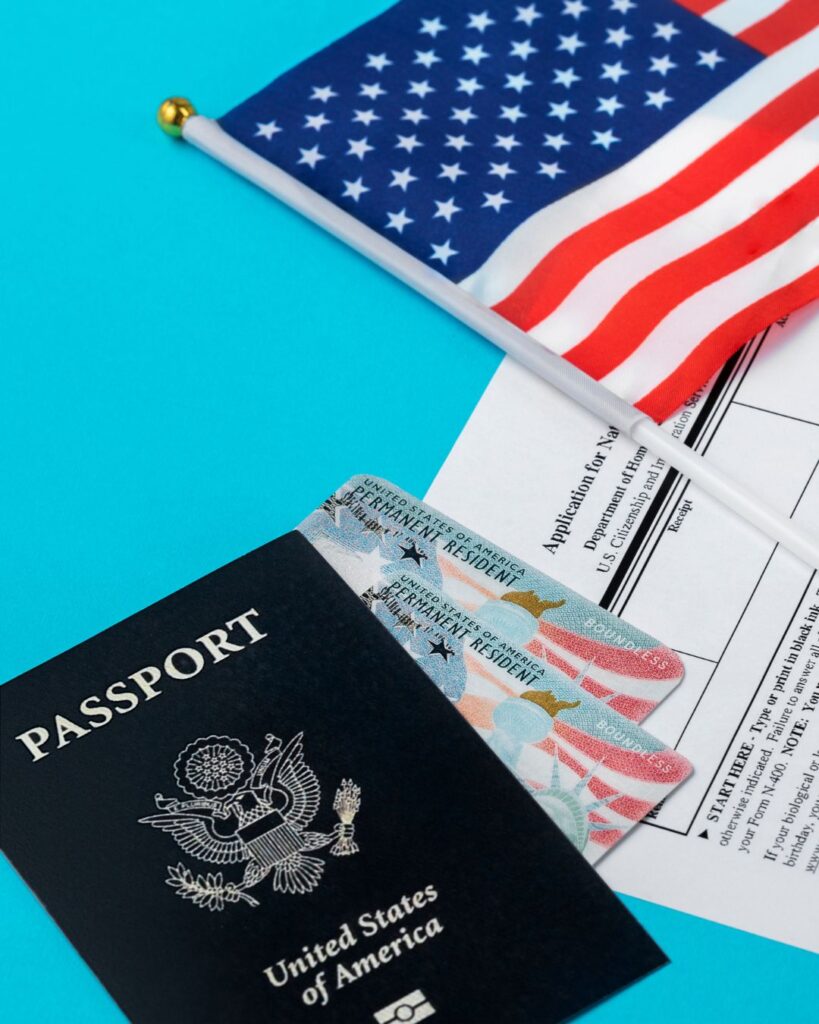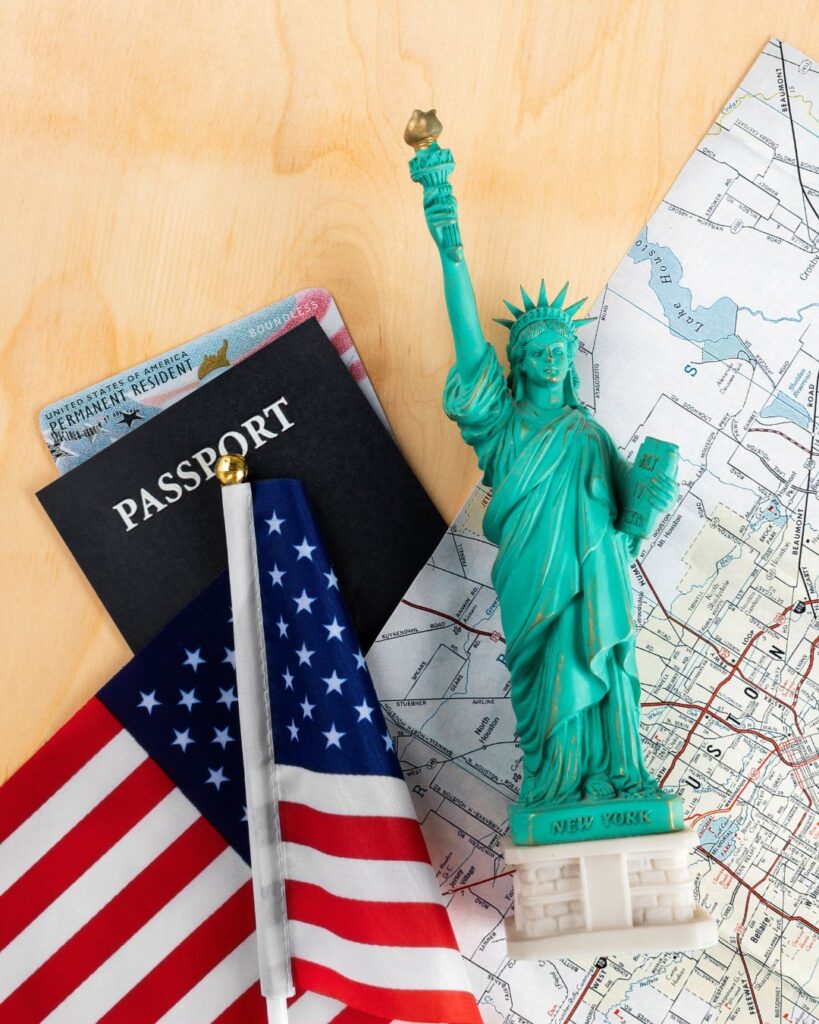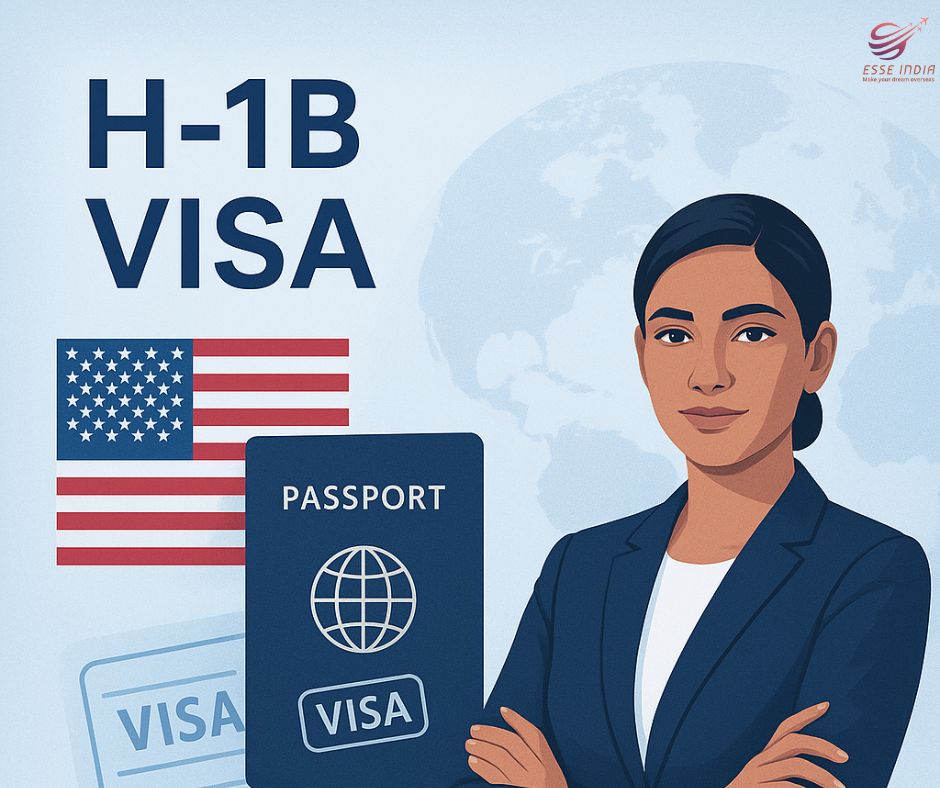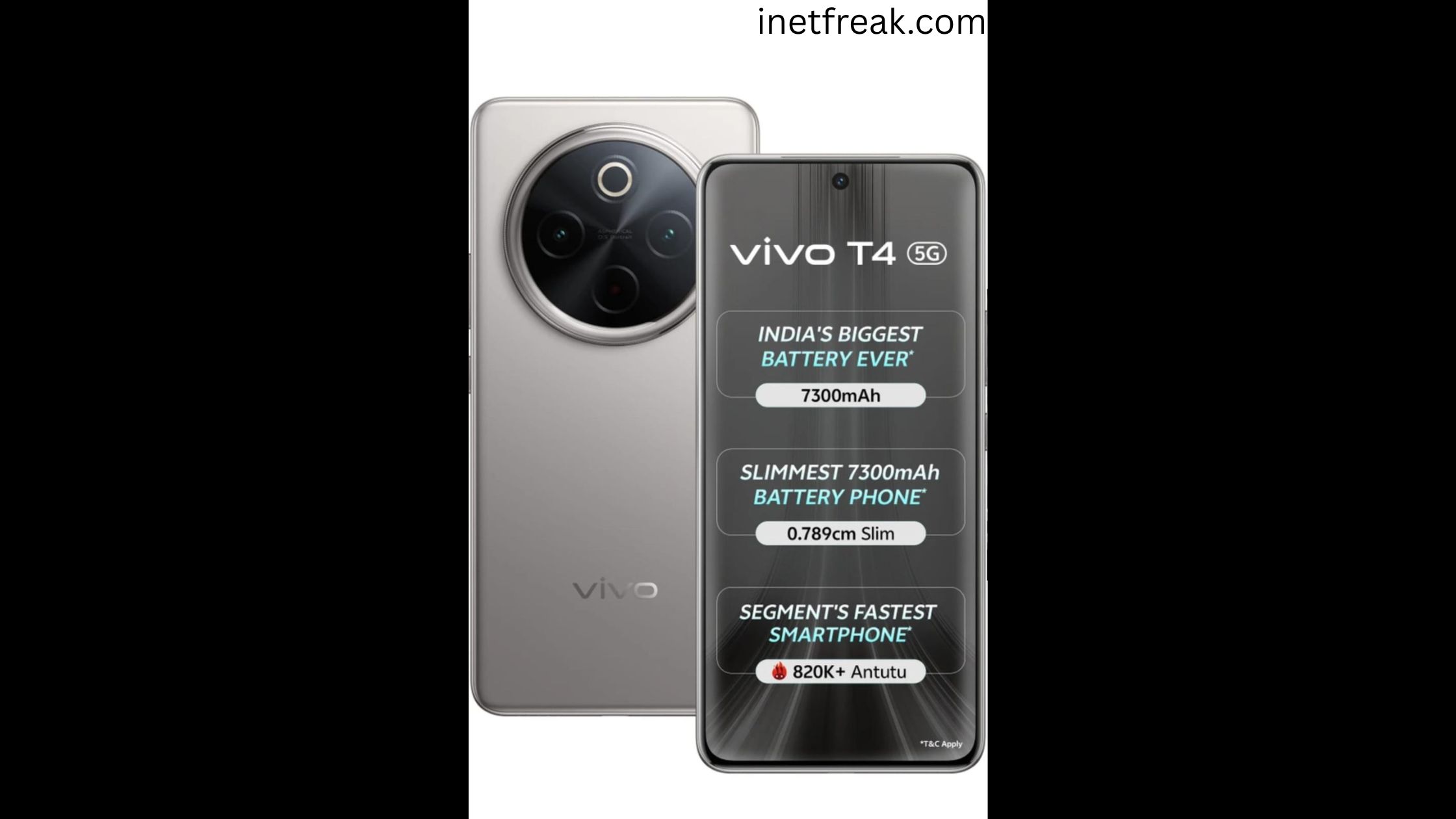One of the most talked-about subjects in international labour and immigration markets these days is the H-1B visa. This U.S. non-immigrant work visa, which enables them to contribute to America’s technology, finance, healthcare, and research industries, is applied for annually by thousands of skilled professionals, mostly from China, India, and other nations.
However, why is the H-1B visa such a “news magnet”? The H-1B is more than just a visa; it’s a reflection of how the United States strikes a balance between Best immigration consultants in New Delhi, jobs, and innovation for supply chain manager opening. This is evident in everything from political debates in Washington to abrupt changes to the lottery system to employers facing cap limits.
In this comprehensive post, we explain the H-1B visa’s definition, application procedure, alternatives, typical problems, and prospects for 2025. Even novice readers can understand this guide because it is written in simple, everyday language.
What is an H-1B Visa?

Why People Choose H-1B — And Why It Still Matters
U.S. career access.
The H-1B visa is the most practical way for many people in India and other nations to work in tech, engineering, research, finance, or scientific positions in the United States. After entering the system, some may subsequently be sponsored by their employers to become permanent residents (green cards).
The immigration bridge
Many employers use H-1B as a stepping stone, even though it is a nonimmigrant visa. After you enter on H-1B, your employer may apply for a work-based green card (EB-2, EB-3, etc.). Those with H-1B status may eventually adapt to resident status.
Adaptability and credibility
With legal protections (wages, rights, and the ability to switch employers under specific regulations), H-1B is a well-known and legal way to work in the United States. As long as compliance is maintained, it is not a “grey market” visa.
H-1B Visa 2025: Latest News & Updates
There are still 65,000 H-1B visas available each year, plus an extra 20,000 slots for applicants with advanced degrees from US universities.
- To expedite applications, the United States implemented electronic pre-registration.
- In order to protect legitimate employers and stop fraudulent applications, recent reforms have been implemented.
- Many H-1B holders were impacted by tech layoffs in 2024, which made grace periods and visa transfers popular topics in 2025.
H-1B Visa Eligibility
- You need to fulfil these requirements in order to be eligible for the H-1B visa:
- offer of employment in a specialised field from a U.S. company.
- A bachelor’s degree or its equivalent is a minimum requirement for education.
- Employer sponsorship: an employer must submit the petition; individuals cannot apply directly.
- Department of Labour approval of a Labour Condition Application (LCA).
Application Process: Step by Step

- Employer Registration: During the lottery period, employers in the US register.
- Lottery Selection: If more applications are received than the maximum number, a random lottery is held due to the high demand.
- Petition Filing (Form I-129): Selected employers submit the petition to USCIS.
- Approval & Visa Stamping: The worker applies at a U.S. consulate to have their visa stamped if they are accepted.
- Authorisation for Travel and Work: After being stamped, the employee is able to work lawfully in the United States. for more quries fill: Apply.esseindia.
Pros of the H-1B Visa
- route to a green card in the United States.
- Benefits for family: spouses and kids may enter on H-4 visas.
- exposure to the global experience and employment market in the United States.
- the option, under specific circumstances, to change employers.
Challenges & Problems with the H-1B Visa
- Selection is uncertain in a lottery system.
- high rates of first-time applicant rejection.
- Job dependency: you run the risk of losing your status if you lose your job.
- processing backlogs and delays.
- Changes in policy are frequently linked to American politics.
Comparison: H-1B Visa vs Other U.S. Work Visas
| Visa Type | Purpose | Cap | Duration | Sponsorship |
| H-1B | Specialty Occupations | 65,000 + 20,000 | 3–6 years | Employer required |
| L-1 | Intra-company transfer | No cap | 1–7 years | Same employer transfer |
| O-1 | Extraordinary ability | No cap | 3 years | Employer required |
| TN (NAFTA) | Canadian/Mexican professionals | No cap | 3 years | Employer required |
Alternative Opportunity: What If You Don’t Get an H-1B?
Not everyone is lucky enough to win the lottery. However, you might be better off with one of these other U.S. visa options:
- L-1 Visa: For workers moving within the same organisation.
- O-1 Visa: For highly skilled professionals.
- For skilled workers, EB-2/EB-3 Green Cards provide permanent residency.
- Study in the United States: and make the switch later with the student route (F-1 + OPT).
- Work visas for Canada or Europe: As quicker and more reliable options, many skilled workers are now looking into EU Blue Card or Canada PR.
| Visa / Route | Key Features | Pros | Cons / Limitations |
| H-1B | For specialty occupations; employer‐sponsored | Widely accepted, path to green card, work rights in U.S. | Cap + lottery, strict compliance, cost to employer, limited duration |
| L-1 (Intracompany transfer) | For employees of multinational companies moving to U.S. branch | No lottery, direct transfer, often easier if multinational company | Must have qualifying parent/subsidiary, prior employment requirement, limited to certain roles |
| O-1 (Extraordinary ability) | For individuals with extraordinary talent in arts, science, business | No cap, more flexibility, prestige | Very high standard (must prove “extraordinary”), harder to qualify |
| TN / H-1B1 | For citizens of certain countries (e.g. Canada/Mexico or Singapore/Chile) | Easier process for qualifying nationals | Limited to nationals, narrower scope of eligible occupations |
| E-3 (Australia nationals) | Similar to H-1B for Australians | Reserved slot, somewhat simpler | Only for Australians, still employer sponsorship |
| Green card through EB-2 / EB-3 directly | If employer directly sponsors for permanent residency | No need for temporary work visa in some cases | Longer processing times, more hurdles, employer commitment required |
| Self-sponsored / investor visa | For entrepreneurs, investors (e.g. EB-5, E2, etc.) | More control, no employer dependency | Higher capital requirements, higher risk, different eligibility entirely |
The Future of H-1B Visas

The H-1B program will continue, according to experts, but with stricter guidelines and more scrutiny. Changes in policy are anticipated given the continuous discussions concerning American jobs versus foreign labour. Nonetheless, the H-1B continues to be an essential route due to demand from the tech and healthcare sectors.
Conclusion
The H-1B visa is a dream come true, but it’s also difficult. It gives professionals from around the world the opportunity to work in the United States, obtain useful experience, and eventually apply for permanent residence. Nonetheless, applicants must always have a backup plan due to the lottery system, stringent regulations, and uncertainties.
FAQs
What is an H-1B visa?
Skilled foreign workers in specialised occupations can work for American employers under the H-1B non-immigrant visa.
How long is an H-1B visa valid for?
Three years at first, with the possibility of a six-year extension and a move to a green card.
What is the cap on H-1B visas?
65,000 visas are granted each year, plus an extra 20,000 for individuals who hold master’s degrees from the United States.
Are family members allowed to travel with H-1B holders?
Yes, spouses and children under the age of 21 are permitted entry on an H-4 dependent visa.
What are some substitutes for the H-1B visa?
L-1, O-1, EB-2, and EB-3 visas are among the options, as are investigating work permits in Canada and the EU.



